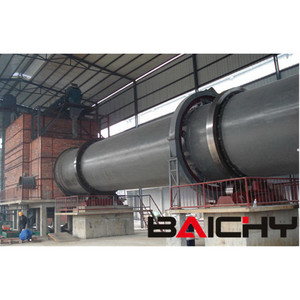Giới thiệu về lò vôi trục thẳng đứng
Alibaba.com cung cấp các sản phẩm 464 lò vôi trục thẳng đứng. Có rất nhiều lò vôi trục thẳng đứng lựa chọn dành cho bạn, chẳng hạn như indonesia, philippines, và uzbekistan. Bạn cũng có thể chọn từ động cơ, mang, và hộp số lò vôi trục thẳng đứng. Cũng như từ nhà máy sản xuất, xây dựng làm việc, và vật liệu xây dựng cửa hàng lò vôi trục thẳng đứng.Và bất kể lò vôi trục thẳng đứng là xây dựng, vật liệu xây dựng, hay clinker mài đơn vị.












